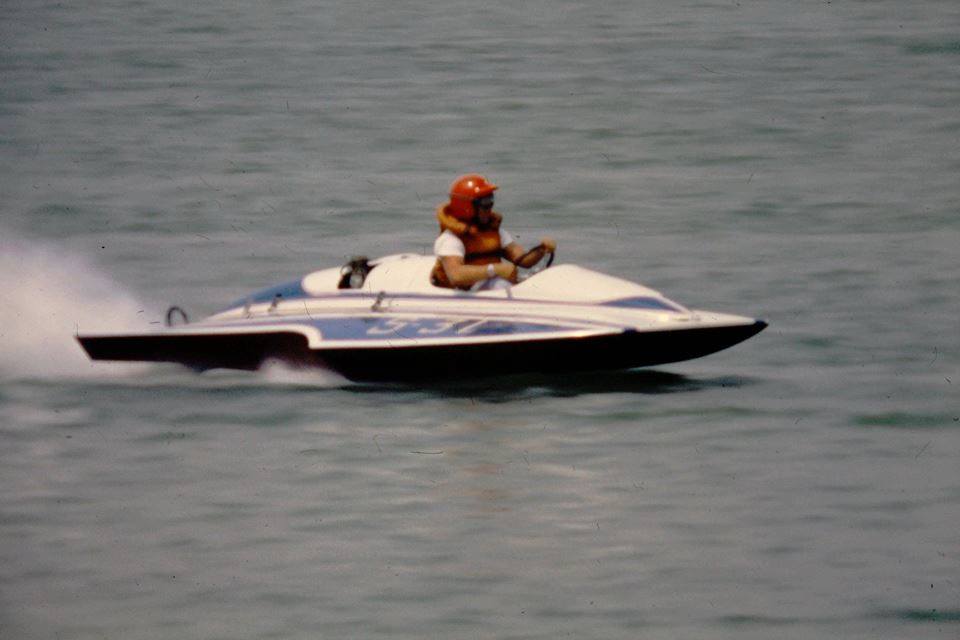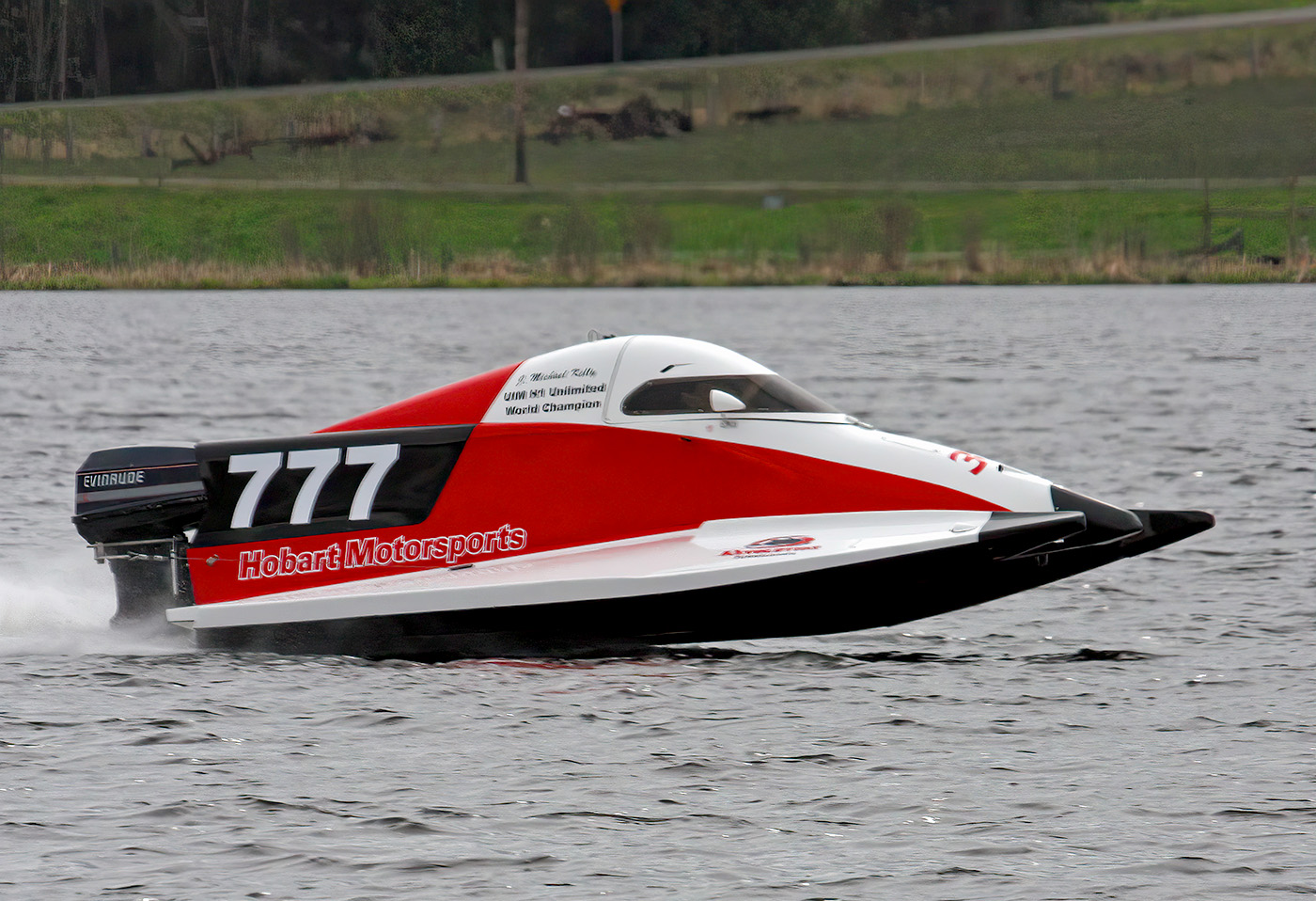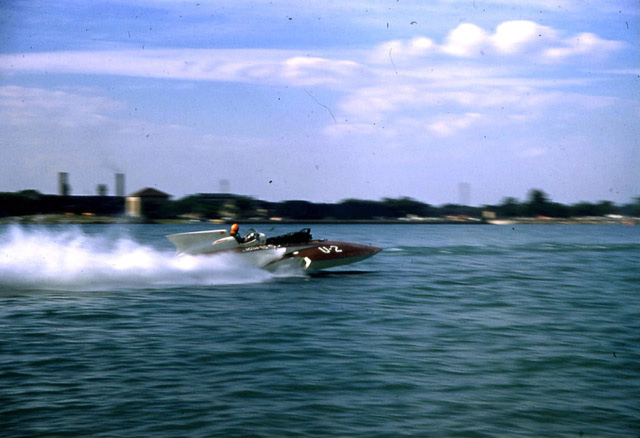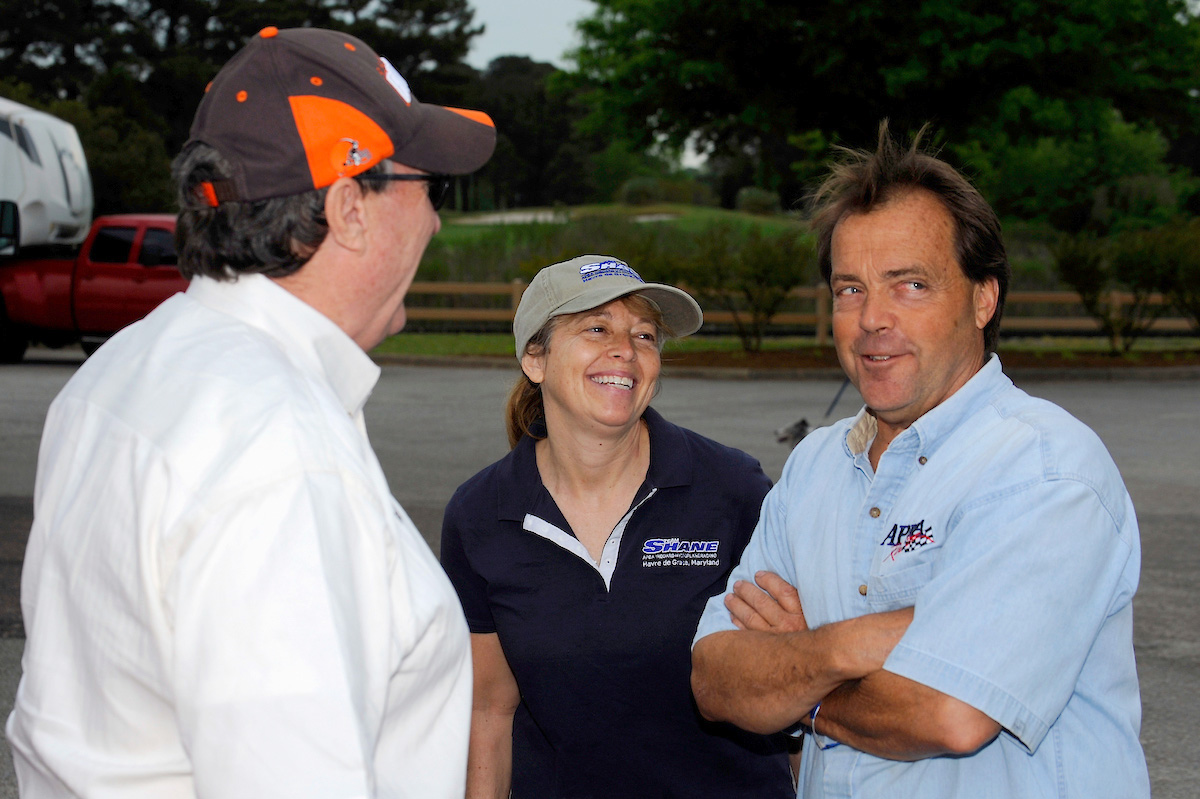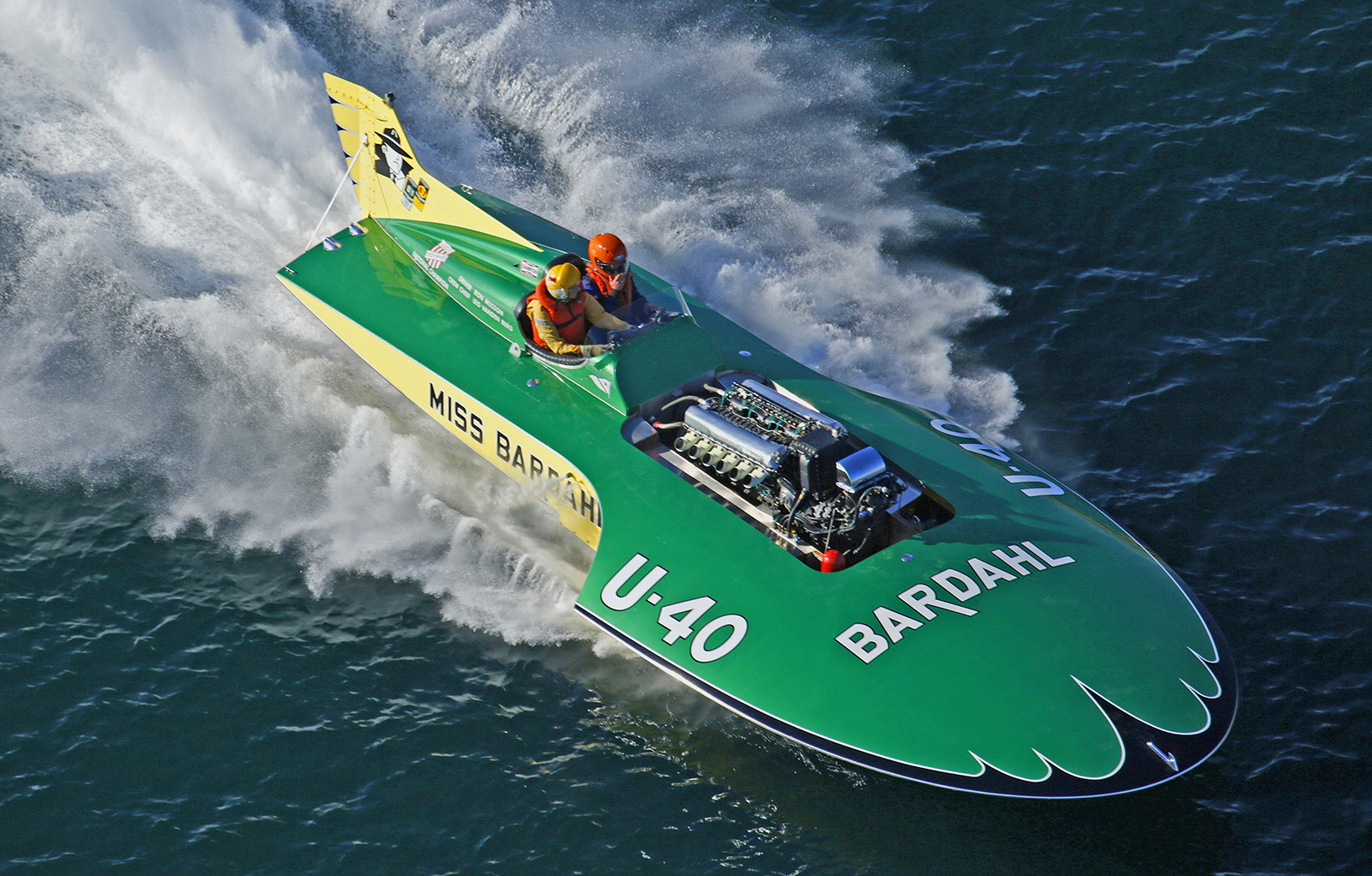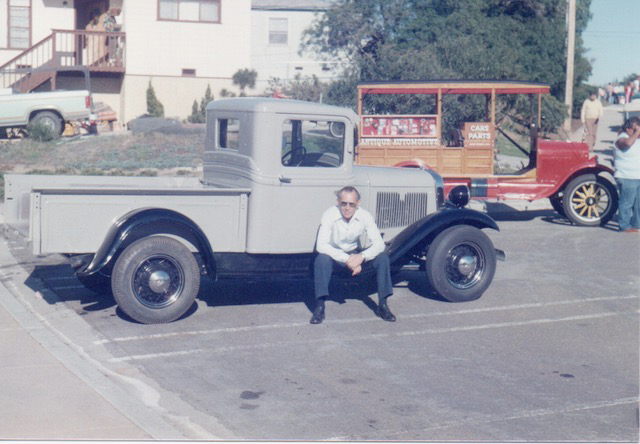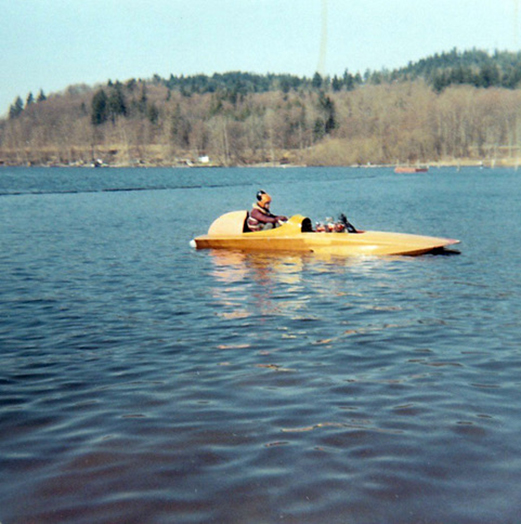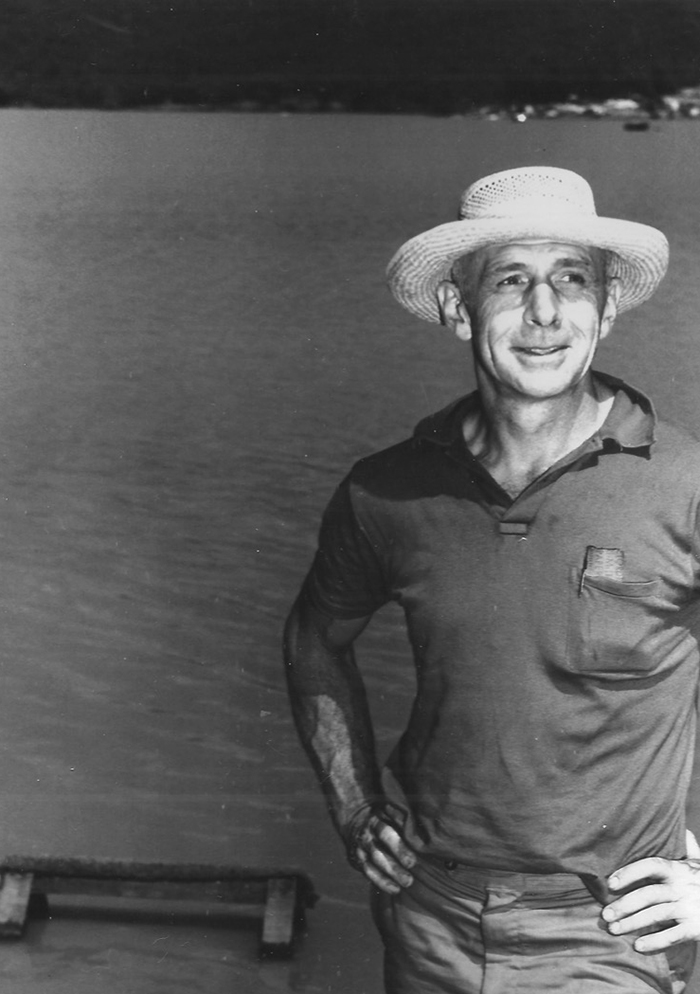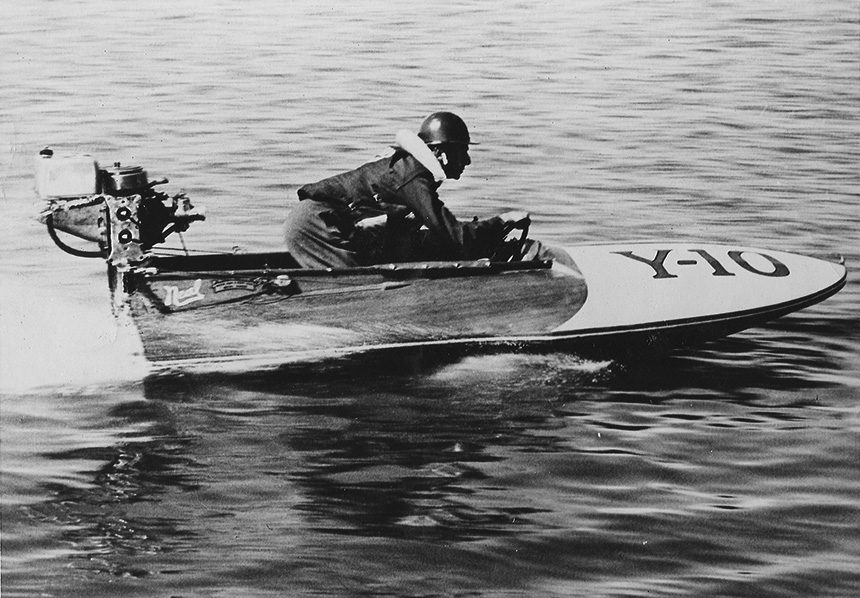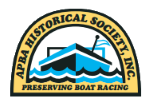Outboard Memories with Art Losvar
March 9, 2024 - 9:53am
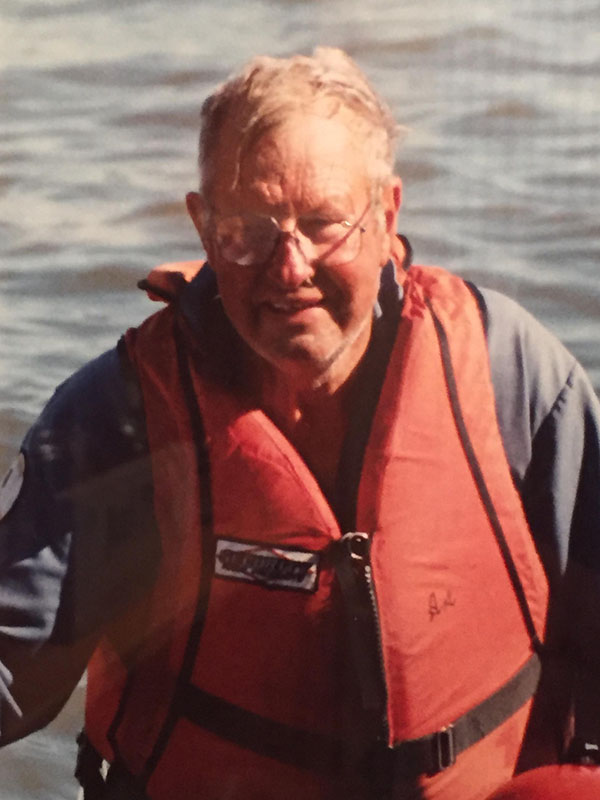
Art Losvar had a lifetime of wonderful racing memories.
By Craig Fjarlie
Art Losvar began racing outboards in 1940, and it became a lifelong activity. He was born November 6, 1924, and lived his entire life in Mukilteo, Washington, a small town on the coast of Puget Sound, just north of Seattle. His father operated a boat house, so Art was introduced to boating at an early age. “He got a Johnson V-25 and they rented it out all the time,” he remembers. “When the renters came back in, I could take it for a ride. At that time I started to hang around with George Thompson. His son had Thompson Handiworks in Seattle, but he worked for Jerry Bryant. He went back to the Evinrude factory; then started a dealership in Everett. I was working for him, more or less.”
Losvar saw local outboard races and decided to build a boat. He and a friend had watched a race on Green Lake in Seattle. “Guys from California were up racing; after I saw the Midgets run, I started making a boat. I might have found something in one of the boat books, but I didn’t have any plans to use; I just started building,” he explains. Through his connections at the boat house, he met Leonard Keller. “I got the motor from Keller.”
Working without plans, Losvar made an unfortunate error in the hull. “I put a Mukilteo Boat House-type forward plane on it—no flat thing. Nobody ever said anything to me about it. The first race, when I came into the corner, there’s no flat surface to hold it up and it buried the nose. I spent the whole time in the water holding it up.”
Drivers’ safety gear was seriously below contemporary standards. “I think we got ours from Bryant’s Marina; they were a distributor,” Losvar explains. “My first jacket was $5.00. I bought a helmet from an outfit that sold mining stuff. I think that was $2.00 or $2.50. I painted mine white. I had little decals—one on each side and one on the back.”
Keller had been racing a Midget but decided to change classes. “I got one of Keller’s Midgets to race,” Losvar says. There was one significant difference between the boat Losvar had built and the one he purchased from Keller. “It planed,” he says with a laugh.
In 1941, the National Outboard Association awarded its Pacific Coast Championship event to Seattle. Losvar took first place in the Midget class. The following year, he took first place in Utility class at the Sammamish Slough marathon. However, World War II was about to interrupt Losvar’s racing. “I thought about going back East and getting a job on a farm so I wouldn’t have to go in the service, but that passed. My birthday is in November, and I got a draft notice in March. I was a senior in high school. They wanted me to finish, but one week after that I was gone,” Losvar recalls. “Seattle Outboard Association had a race at American Lake. They were going to let me race, but I already had my orders so I couldn’t do it. They shipped me down to California for basic training.”
After basic training, Losvar was sent to a base in Mississippi, before he was to be shipped to Japan. “I was saved by some officers. They said, ‘Take your shoes and socks off,’ and they looked at my flat feet. It kept me from going overseas.”
Before he went into the service, Losvar had moved to the Racing A class. When he was called to report for duty, he prepared the boat for storage while he was away. “I greased up the motor and kept it in my bedroom on a sawhorse, in the house down on the waterfront. I tied my boat up in the boat house, right-side up.” When Losvar returned after the war, he discovered an unpleasant surprise. “There was a dead rat in it, and it stank. That rat had crawled up under the deck, chewed through a plate, and couldn’t get out from the cockpit.”
Losvar participated in marathon events, in addition to closed course races. A famous marathon in Seattle was the Hundred Mile Marathon on Lake Washington. Racers drove laps around Mercer Island and had to make stops for fuel. “I ran it with a utility engine, a Speedi-Twin, on a 14-foot runabout that Chambers had built. It was pretty well worn out at the tail end from being dragged up on the beach. We put in a new transom and shortened it up a bit. Then I put a bridge deck in it and a double cockpit. I used a double cockpit in the marathon races for quite a while.”
Losvar explains how he ran the Hundred Mile Marathon one year. “My sister was there on a cruiser. Kept gasoline for me. I’d make a lap, stop, and refill the tank. I could make a lap on a tank of fuel. Also, I could get a beer!” Losvar won the marathon that year. When asked if he felt beaten up after driving so long, he says, “Didn’t bother me. I was too young.”
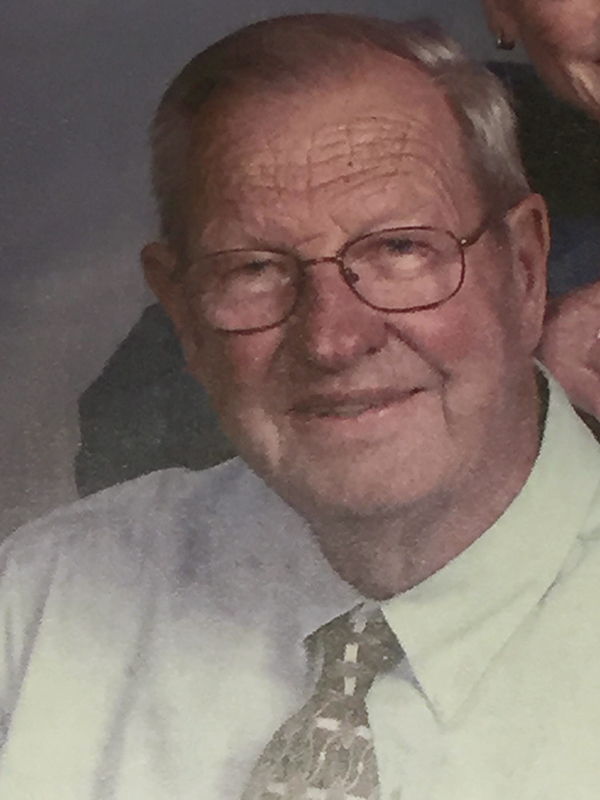
Art Losvar
He also drove the Chambers boat in the Sammamish Slough marathon. One year, his future wife Connie occupied the passenger seat. Losvar remembers an incident that nearly turned tragic. “Got up above Bothell, a straight stretch, and on the side was George Thompson. He was waving at me and I waved at him. Then I got up to the corner. It was a sharp left-hand turn. Connie was in the front cockpit. She climbed up on the outside as her family used to do in sailboats. I dipped that thing in the water and it turned over. Her hair got caught on something and she was trapped under the boat for a little while.” With help, the boat was righted and Losvar dried out the engine. “Connie was awful cold from being in that water, and she was scared, so she and my sister traded places. My sister rode the rest of the way with me. There was a little bridge in one spot and I said, ‘Get down.’ It was so low, when the bow came up a little, it took the bow handle off the boat. Got under it okay and finished the race. I think I got a third.”
Most of the early closed course races used a flag start. “The first clock that I remember was for the Unlimited races on Lake Washington,” Losvar says. “Keller made that starting clock. Had a steering wheel on the back and he’d turn it. Done by hand. I remember a guy who must have been the referee, beating on the thing to keep time.”
Losvar raced until about 1962, when he took a break to raise a family and run the boat house business. He and Connie had three sons—Tom, Jim, and Dave—who all raced. Losvar returned to racing in the early 1980s. He credits Harold Tolford, who was building boats at the time, with making it happen. First, Art bought a C Service engine. “I put it on a stand in the kitchen. I just wanted to get an old Evinrude for parts or something. Ended up coming away with a boat.”

With a wrench always in his pocket, Losvar was ready to help with repairs.
Losvar enjoyed some success in his later years. One time, he and others from the Seattle area were on the way to the PRO Nationals in DePue, Illinois. They stopped first for an outboard race in Keokuk, Iowa, on the Mississippi River, where Losvar took delivery of a new DeSilva runabout. The DeSilva brothers had the boat upside down in the back of a compact pickup truck. The boat’s transom was against the cab of the truck, and the bow was sticking out the back. On a rainy evening, the truck was moved to be near the trailer. The driver was backing up and stuck the bow of the boat into a telephone pole. That pushed the transom of the boat through the back window of the truck. As one witness observed, “That’s a testament to how strong the noses of those boats are. They’re basically solid wood. It survived.”
In 1995, Losvar won the National Championship in C Racing Runabout. The win resulted in a ceremonial dunking. When asked if that was his biggest win, he shrugged, “I suppose. I’ve been swimming a few times, but not helped like that.” Losvar remained involved for a few more years. “I had to follow somebody around, I guess,” he says, with his usual humility.
Even as his driving career was drawing to a close, Losvar was always willing to help a rival who needed it. If someone asked why the engine wouldn’t run, Losvar could usually find the problem and help with repairs. He always kept a crescent wrench in his pocket and could start working on an engine while other racers were still looking for a tool.
Eventually, Losvar knew it was time to give up racing. When asked why, he admits, “Age, I suppose.” Why did he stay involved for so many years? “It was fun. My dad always said if it ain’t fun, don’t do it.”
Art Losvar passed away a few years ago, but among members of Seattle Outboard Association and the PRO racing category, he is remembered fondly as a dedicated racer, a wonderful friend, and an inspiration.

“Big Art” – photo by Steve Greaves
https://www.legacy.com/us/obituaries/heraldnet/name/arthur-losvar-obituary?id=14683252
Featured Articles
